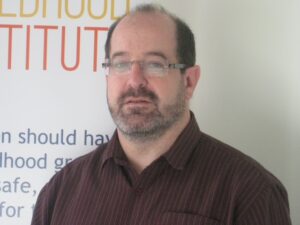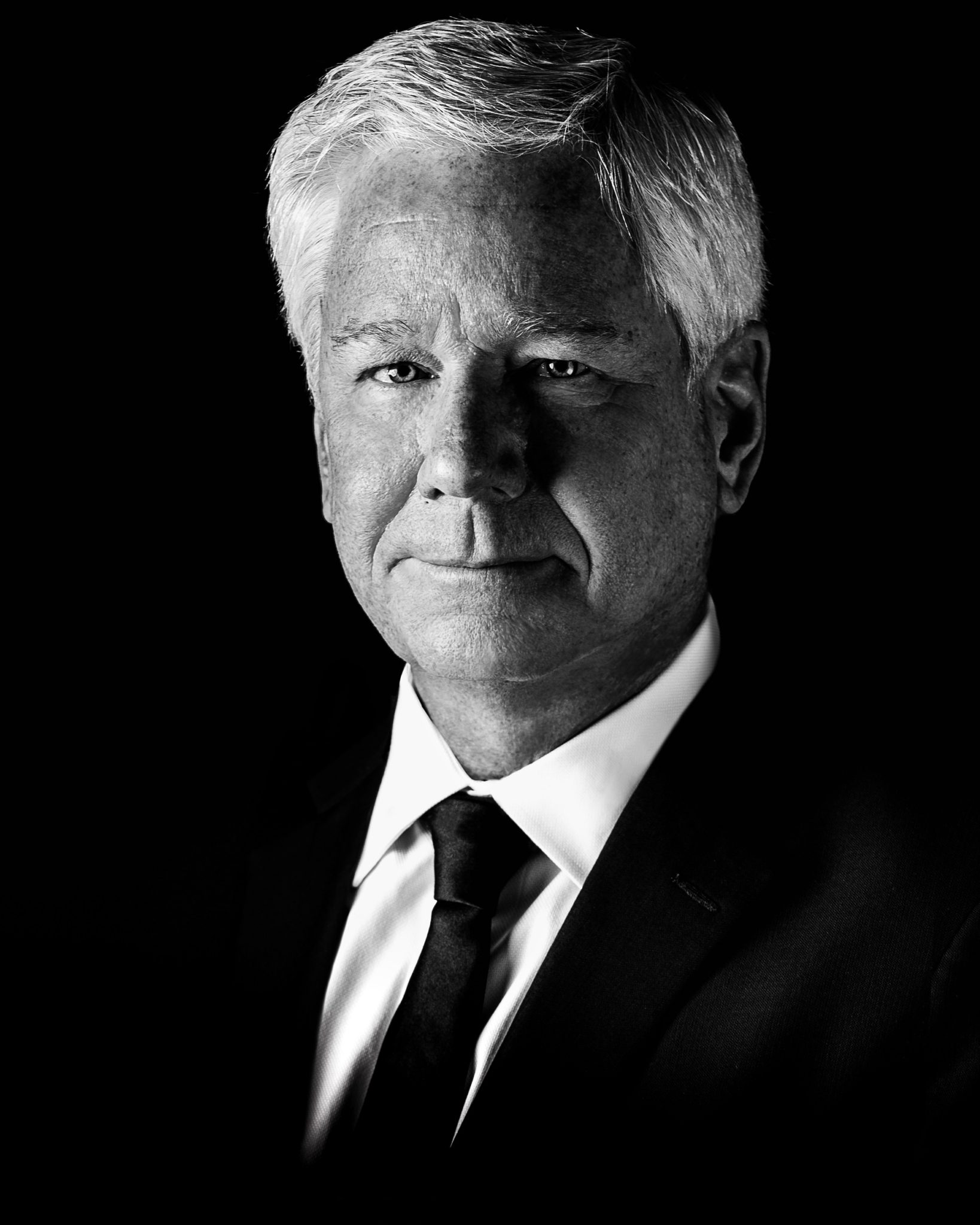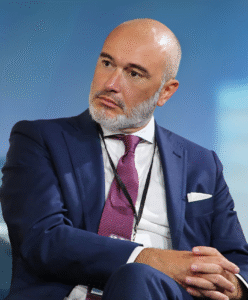With a national footprint, Cosán leverages a suite of virtual care services to operationalize care delivery on behalf of the thousands of partnered providers.
Cosán tackles the gaps in quality care left over from the more traditional models, engaging patients in real-time and augmenting the daily activities of practice staff. “The gradual increase in virtual care codes over the last five years has hit an inflection point,” says David Hunt, Founder, CMDO, Cosán Group, “where care delivered in the gaps between visits, a major value in today’s environment, can have an extremely meaningful impact on outcomes and the overall patient experience.”
Cosán’s team members have a common passion for older adults; ‘amazing, resilient humans’ as they are often referred to when speaking with Cosán staff. Bucking the industry tendency to lose sight of the individual, the Cosán team is dedicated to re-centering and re-humanizing the patient, which is a value that was built into the foundations of both of Cosán Group’s founding entities.
Cosán and CCM Inc., both founded in 2015, each entered the healthcare landscape with unique models for Virtual Care Delivery. Both models were conceptualized with experience gained from previous forays into healthcare, in which the founders of each company envisioned a better way forward through the challenges of modern healthcare.
Merging the original paths traveled by Cosán and CCM Inc. created a perfect storm, as the newly-formed team was able to combine the clinically-focused risk stratification solution developed by CCM Inc. with the high-touch, high-value patient engagement model developed at Cosán. Both organizations believed that the new Medicare Programs—specifically the Chronic Care Management program in 2015, the Behavioral Health Integration in 2018, and the Remote Patient Monitoring in 2019—would help provide a platform to meet the need of providers adjusting to changing care delivery models.
By 2019, when the two companies merged to become Cosán Group, the company was already on its way to creating a unified, focused team far greater than the sum of its parts. Now facing a market desperate for true innovation and passion, Cosán was well-structured to kick off with rapid growth.
Eliminating Gaps for All Stakeholders
The virtual care coordination tool suite Cosán delivers helps physicians, healthcare organizations, and payers improve patient outcomes through innovative technology and human engagement.
“We recognize that we have to work within the practice environment to be successful. Virtual care coordination programs like CCM, BHI, and RPM are extremely beneficial to practice when combined with frequent patient interactions and alignment to practice clinical initiatives, especially across cohorts of patients with specific conditions,” says David. “Our Care Coordinators are connected to the practice through direct access to physicians, nurses, and patients within the practice EMR. We supplement those standard avenues with additional, cross-platform patient engagement tools consisting of voice BOTs, text messaging, email, and print outreach. These tools allow us to offer the providers a lens into the daily activity of the patient populations they serve.”
The data points allow Cosán care teams to triage the patients based on needs and support clinical interventions by providers. The company also incorporates evidence-based assessments and non-invasive data mining of a patient‘s daily environment, which, combined with the data captured during patient outreach, allows care providers to keep a step ahead of the common practice of reviewing claims data to determine interventions after the fact.
Data analysis on a day-to-day level is designed to act as an extension and improvement of current care models. Retrospective data is helpful, but it still requires adapting workflows to close quality gaps, a potential barrier to improving outcomes. The data captured in real-time by Cosán’s Care Teams are shared directly with providers through the virtual care tool suite, offering a more informed view of patient health than ever before. A given provider now has the opportunity to perform a clinical intervention before a patient’s condition can degrade. Analytic detection of anomalies in patient data will give providers a chance to catch things that may have once been missed in the gaps between visits, improving the overall possibility of positive outcomes for all stakeholders.
Advanced Technology
Cosán’s evidence-based assessments are what drive risk stratification. As mentioned in regard to eliminating gaps in care for stakeholders, a variety of data sources are used to create a full picture of the patient that providers have historically lacked. Traditional models of risk assessment have been unable to truly account for the time patients spend away from their doctors and so have assumed a certain amount of undesirable outcomes in any given patient population. Cosán’s data-driven, human-focused approach seeks to change that.
“You can never replace the human element of healthcare, but the ratio of patients to clinical support teams is widening,” says David. “As a result, we’ve learned to leverage unique methods of data collection. We use voice BOTs in alignment with our care teams to capture real-time patient feedback and deploy surveys to help structure effective live calls from our clinical team. With data like this in mind, we can triage critical patient information in real-time, allowing us to initiate clinical interventions to avoid ED visit, falls, or readmissions.”
Cosán’s method of voice pattern analysis allows Care Coordinators to highlight and flag unusual changes in a patient’s voice pattern, which can often be indicative of an impending change in the patient’s condition. By tracking these fluctuations in daily behavior in the home, Care Coordinators can pinpoint a potential need for clinical intervention before, for example, a change in cognitive ability, which will lead to fewer hospital visits and improved management of chronic conditions during the aging process.
Additionally, as Cosán’s teams are analyzing patient voice patterns and other data points, they are also able to share this information directly with the PCP, therapy companies, POA’s and other members of the healthcare continuum—a process that once thought far too complex to even attempt that is now becoming entirely routine.
Meeting Workflow
For many organizations in healthcare technology and workflow innovation is often challenging due to the focus on securing patient health and the fragmentation of services across the healthcare continuum, varying delivery models, EMR software, and multi-disciplinary approach to patient engagement also slow progress. When working with practices, Cosán is always challenged to align efficiency-boosting changes with practice initiatives. Cosán approaches this task by becoming an extension of the practice, developing a phased implementation allows them to quickly build new pathways for patient care with limited disruption.
At a high level, care delivery at every practice can seem similar, however, when you get into the granular level of care delivery, many providers have unique processes. The benefit of Cosán’s model is that the core compliance elements and value of the program stays consistent from practice to practice, however they can adapt to unique clinical workflows to support the patient populations served and the interest of the physicians by specialty or patient demographics.
“We mimic the workflow and clinical initiatives of each practice to avoid disruption of clinical workflows and care delivery. Then, we overlay innovation and engagement to maximize provider information and value,” adds David. As patients navigate through the healthcare ecosystem it can seem very siloed. “Our ability to connect all those pieces for the patient, PCP, or specialist breaks down those walls and improves visibility for all stakeholders. With that lens, providers can then coordinate care better across the healthcare continuum, a key driver of value-based care and outcomes.”
Building for the Future
Since the merger, the combined entity has not looked back. “We currently have over 400,000 patients in our system working with 1,000’s of providers across the US. We plan to further advance our offering to include ancillary service lines that are engaged based on risk (PT/OT/SLP), and mental health services,” he says, describing the massive growth spurt Cosán has experienced in the past year.
“For the provider, we will continue to build out our virtual care solution to deliver patient education and technology directly to the home, which will increase the size of the lens we give a provider and improve the quality of life of the older adult. And for the patient, we will continue to build out our patient engagement solution to support care channels, caregivers, and families.”
As for the next steps, Cosán also plans to innovate through value-based care and will begin taking on risk contracts and capitation models, in addition to the Fee-for-Service model supported today. In the short-term, David highlights continued improvements to augmentation for practice staff as they struggled with staff members who are unable to work due to family needs, illness, or strains of a reduction in visits due to fears of COVID-19. “Cosán is structured as a remote entity,” adds David, “so our company is uniquely designed to handle the challenges of today, making us a turnkey solution for virtual/remote care.”
Virtual care services are an outstanding foundation to support providers on many levels; including outcomes, care delivery, clinical initiatives by condition, and practice revenue. In David’s closing words, “We feel very strongly about our value to the provider and
even stronger about our ability to deliver value to the resilient older adult, and in doing so we improve the healthcare delivery model and experience for all stakeholders.”




















